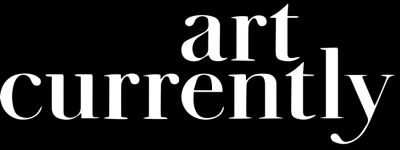5 Questions With Ghanaian Artist, Gideon Appah At Triennale de Milano
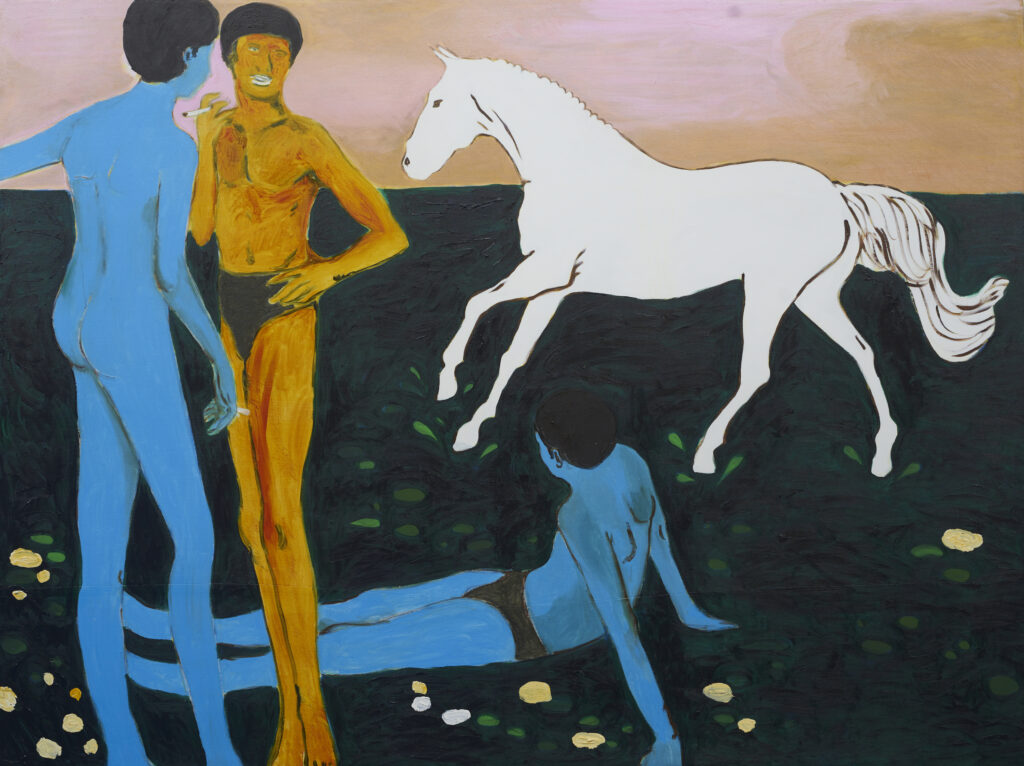
Oil and acrylic on canvas, 183 x 224 cm (72.18 x 88.14 in)
In the 23rd International Exhibition at Triennale de Milano in Milan, Italy, Gideon Appah will represent the Ghana Pavilion. Through December 11, 2022, the exhibition named "Unknown Unknowns: An Introduction to Mysteries", presents a wide range of perspectives and multidisciplinary viewpoints, from artists around the world.
At his first major pavilion, Gideon Appah will be representing the Ghana-based gallery, Gallery 1957, and show his exhibition, "A Nubian Landscape."
Appah will present an ambitious new body of work that focuses on topics and themes that he has explored over the past three years. The artwork on the show also examines Nubian people from the central Nile valley, which is regarded as one of the earliest cradles of civilization. Appah, who was born in 1997 in Accra, Ghana, grew up in a large family, which had a significant emotional bonding, religious activity, and folklore influence on his art.
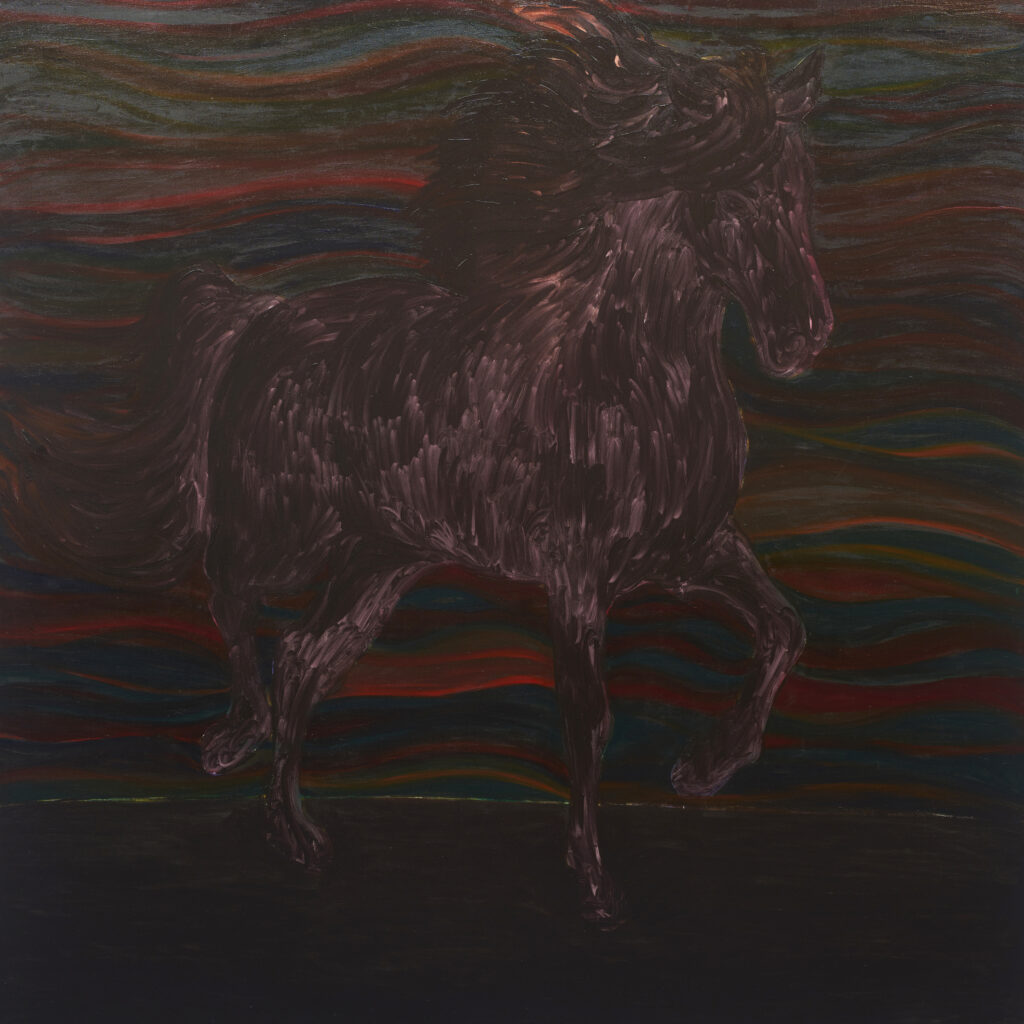
Oil on canvas, 200 x 200 cm (78.34 x 78.34 in)
In "A Nubian Landscape," Appah presents creative archives of communal life in domestic settings based on his own experiences in Ghana's capital, Accra. The exhibit takes viewers on a visual tour of the unique and shared memories that define Appah's West African upbringing. Appah produces works of art that hint at the intersections of surrealism, domesticity, and religion.
In his most recent work, Appah has shown a renewed interest in painting atmospheric details, particularly clouds and stars, as a backdrop to his poetic story. Intimate body emotions in characters with a strong sense of fragility are used to communicate love in Appah's visual poetry, continuing his long-standing ode to sentimentality and love.
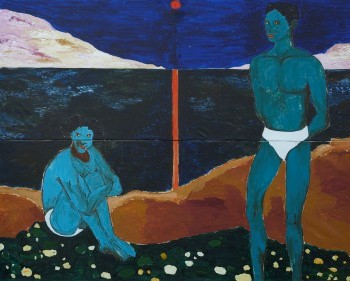
Oil and acrylic on canvas, 240 x 300 cm. Courtesy of the artist and Gallery 1957
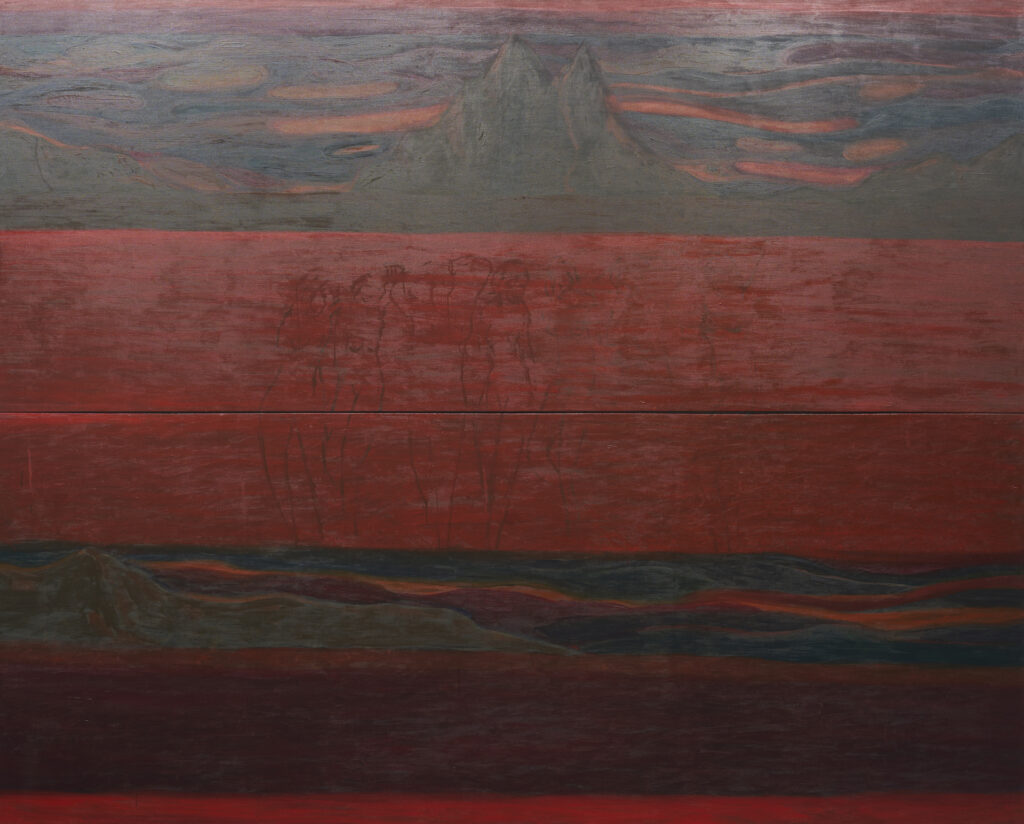
Oil on canvas, 240 x 300 cm (94.12 x 118.18 in) - Diptych
While Appah uses a strong red in his most recent otherworldly pieces rather than the nostalgic blues in his earlier ones, his compositional flexibility is visible in both the city and the domestic scenes he portrays. In his dreamlike works, Appah frequently juxtaposes nostalgic blues, lush greenery, and charcoal with images of typical Ghanaian homes from the 1980s and 1990s.
Below, Gideon Appah indulges us in his upcoming exhibition, "A Nubian Landscape," and his most recent exhibition at the Virginia Commonwealth University Institute for Contemporary Art (ICA at VCU).
Question 1: The way you've portrayed the Nubian desert's dunes and the night sky is incredibly realistic. Have you ever visited or lived in the area?
No, I haven't. I had plans to visit there in 2020, but then there was some unrest in Egypt at the time, and I was advised not to go ahead and see the place. Also, because of the pandemic, I haven't been there.
All I've seen are pictures, so what I'm able to do is make paintings based on them, but I believe that seeing the place will make my experience even richer. Traveling is vital to every artist's life because they get to see things, relive them, and incorporate new things and ideas into their work. It makes it better.
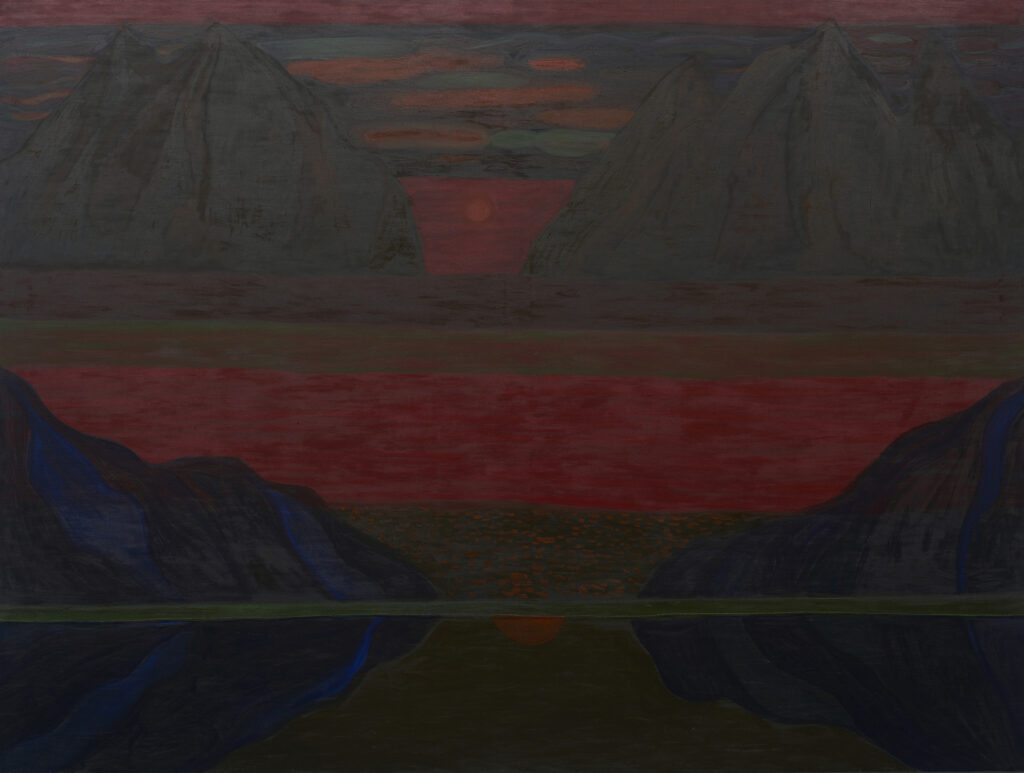
Oil on canvas 183 x 244 cm (72.18 x 88.14 in)
Question 2: You show figures in 'The Dancers, 2022' without clothing and accessories, some of whom are riding horses. Can you detail your choice in this approach?
I wanted to make a painting of a group of figures together having an activity, and I chose to make it look like they were dancing nude. So 'the dancers' is that: figures dancing naked, something you could say could be like a tradition or ritual. I can't pinpoint it to anything else, but I think the movement makes it better. I thought they'll look better when they're in motion than when they're still, and the approach was to put the figures in a kind of swirling wood so that the figures and the landscapes can all have a similar vibe. You look at the landscapes, and there seem to be movements, hills, and valleys corresponding to figures.
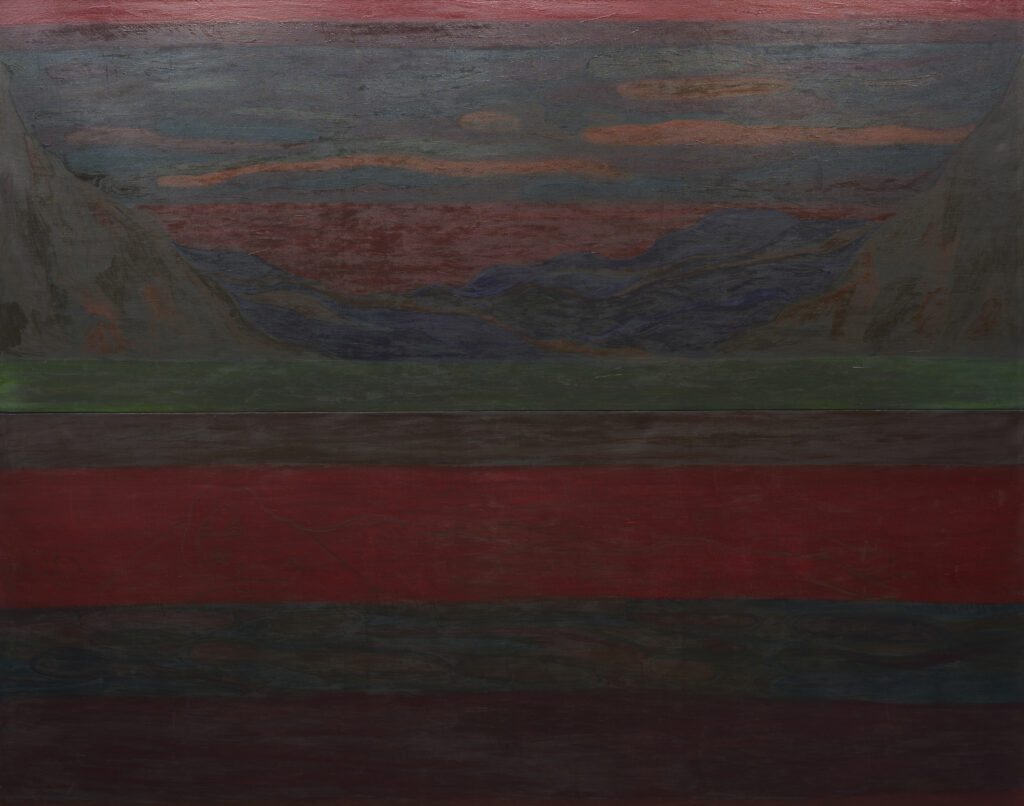
Oil on canvas, 240 x 300 cm (94.12 x 118.18 in) - Diptych
Question 3: Imagination is a driving force for you. What is the inspiration behind the vivid use of crimson red in the landscapes?
The paintings with the red were very imaginative. I was trying to find out how I could paint clouds, skies, water, and land in shades of very strong and violent colors such as red. I bought a lot of red pigments. Crimson is one color I normally use, but I use different shades of red from Naphtal red to falu this time. My choice of color brand is Williamsburg, and I make these paintings by experimenting with how to paint different things on a subdued color palette. The approach is to reduce the land and the sky to a single plane to reduce everything to a rectangular band across the canvas. Sometimes I include small figures within the middle of the painting, like a figure on a horse, just as a choice but significantly reduced to lines; however, I don't do that very often; I was trying to paint mountains, land, skies, and water with this approach of reds.
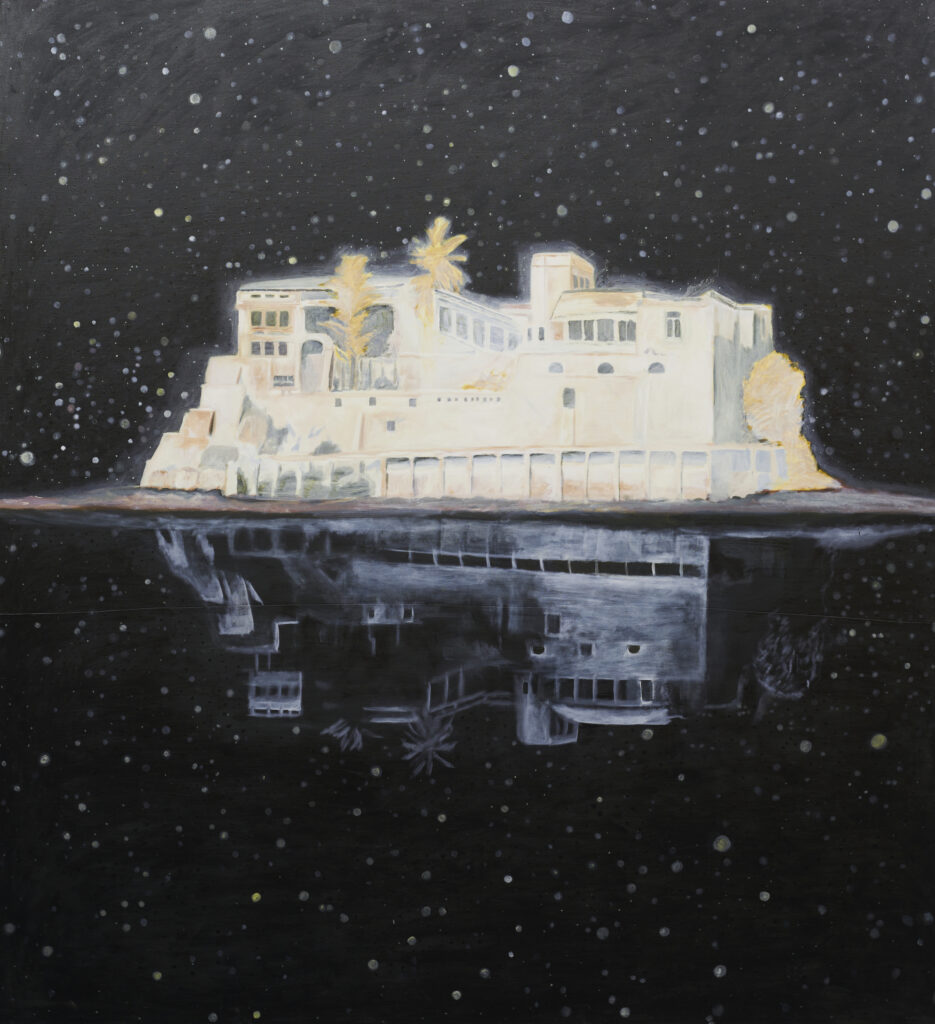
Oil on canvas 220 x 200 cm (86.58 x 78.34 in)
Question 4: Can you speak more on 'The Nobles Homes' and the motivations behind this painting?
I got the image from a photograph. This is the very second of such paintings I have done with a reflection of stars. The new ones I'm doing are pictures I took of myself in my workspace here in Accra, but with the Nobel's Homes. The image in the painting is actually from a photograph here in Ghana that started as an idea of a building with a reflection, distanced almost from everything but white in appearance, almost like a ghostly building with a reflection. That was how I saw the work. So I think it boils down to composition in this painting.
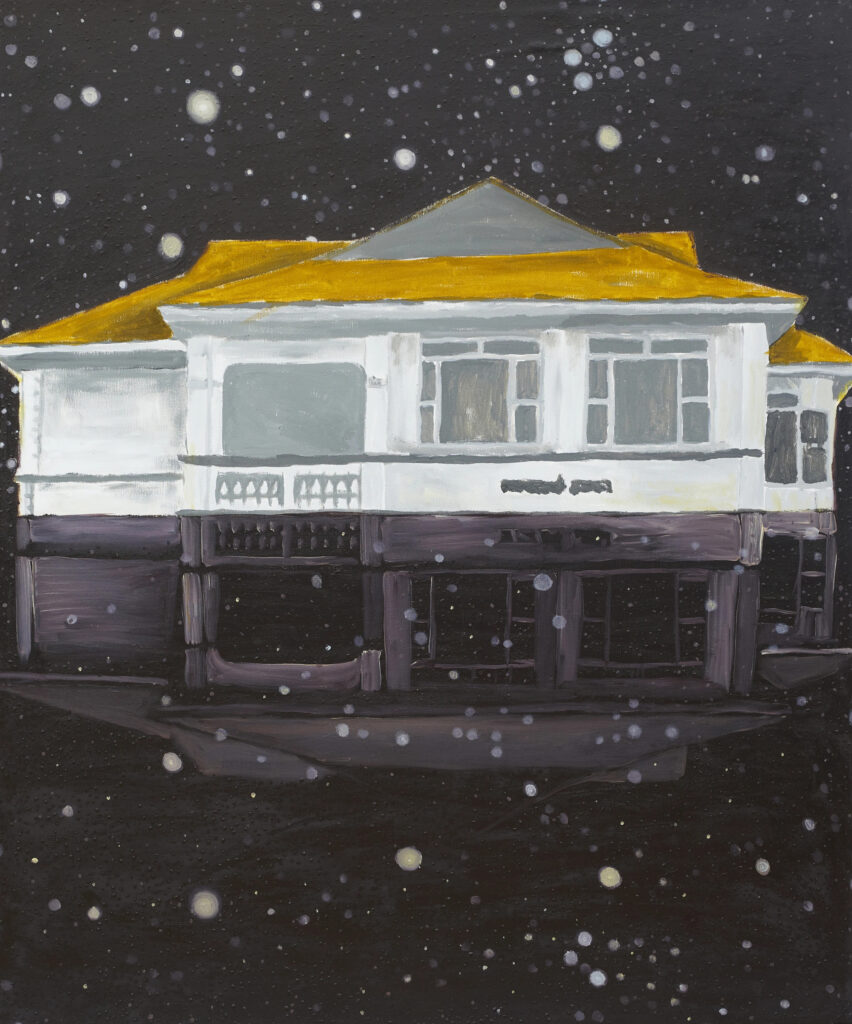
Oil on canvas, 120 x 100 cm (47.14 x 39.38 in.)
Question 5: Your first institutional solo show was "Forgotten, Nude, Landscapes, 2022". This upcoming exhibition will be your first major pavilion show. How do you feel about what you've accomplished so far?
I feel great! I think that from 2022 to now has been very amazing. It's been an incredible journey for me. My gallery has been able to put together some great institutional shows besides some commercial shows. Forgotten Nudes Landscape 2022, which I wasn't able to see was amazing. The pavilion at the Milan de Triennale is a fantastic show with outstanding works. I want to thank my galleries, partners, and curators, I'd like to thank Amber of ICABCU, the entire team that worked closely with Mitchell-Innes and Nash, and me to put together this show. I also want to thank Gallery 1957 and all our PR & Media partners, Pelham Communications. Then the curations, I want to thank people like Marwan and Angelica, and I want to thank Courtney from Mitchel-Innes and Nash and everyone that worked towards making this unforgettable. Thank you guys so much.
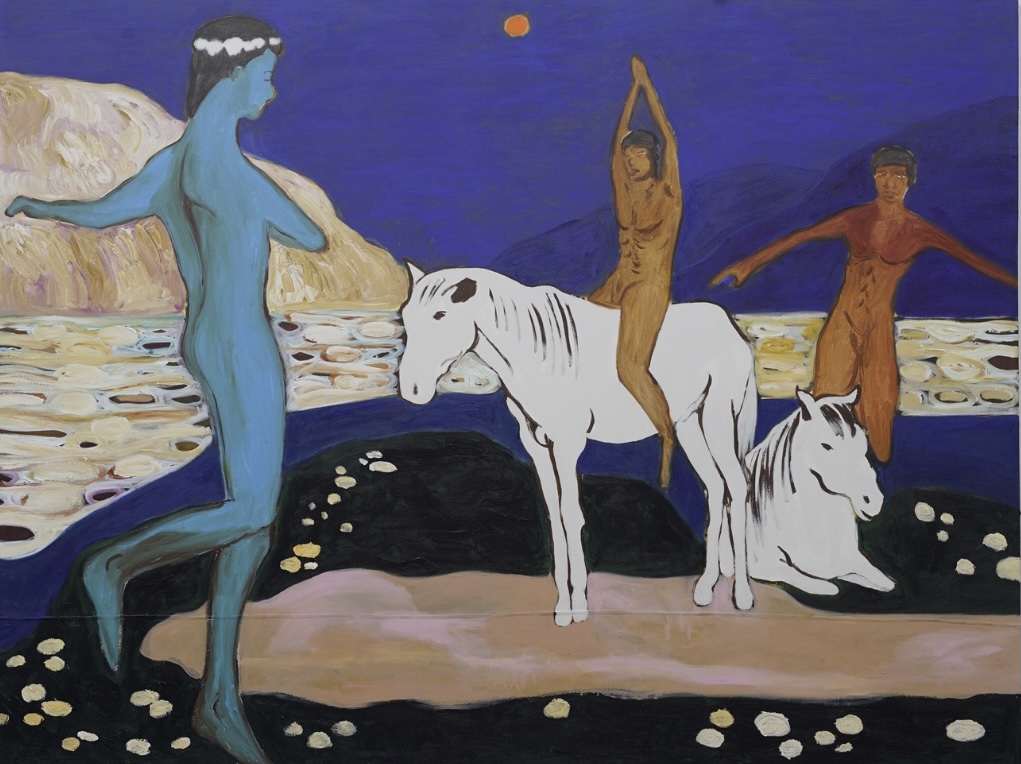
Oil and acrylic on canvas, 183 x 224 cm (72.18 x 88.14 in.)
